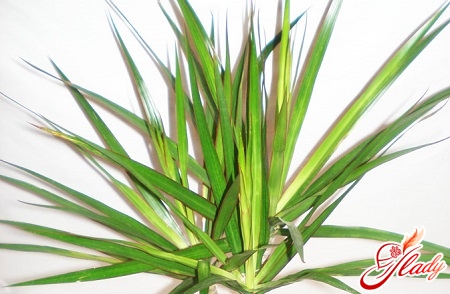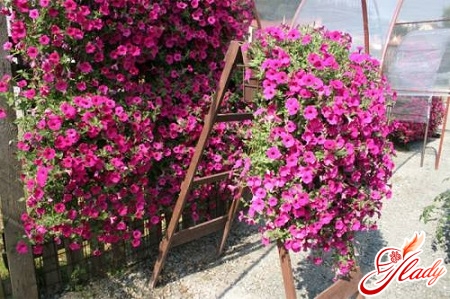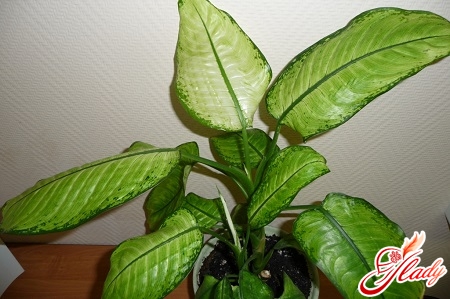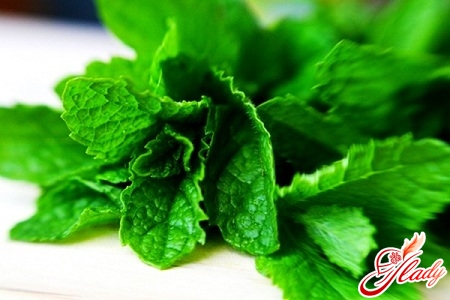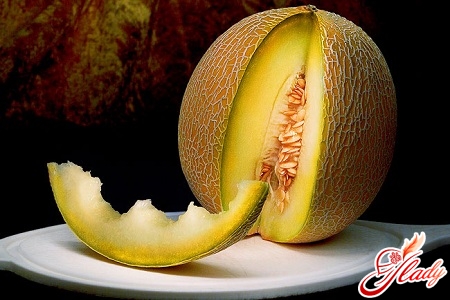 All citrus plants belong to the familyrue and belong to the subfamily of orange, genus - citrus. Lemon is an evergreen plant that blooms several times a year. Citrus flowers have a bright sour smell, and the fruits are usually formed on the fruit buds, on fourth-order branches. A ripe fruit can remain on the plant for up to two years, gradually changing color to greenish, after which it again becomes golden. Indoor lemons have a thinner peel than ground lemons, and their aroma is brighter and richer. Today we will consider what the correct care for such an exotic tree should be. But first, let's figure out how to choose a home lemon. Remember, this tree should grow in exactly the same conditions in which the seedling itself was grown. Obviously, a tree brought from southern countries will take a very long time to adapt to our climate - lemons always suffer acclimatization painfully. Sometimes plants die altogether. Therefore, try to choose varieties that are maximally adapted to our climate. Reproduction of indoor trees occurs through grafting or cuttings. Therefore, when buying seedlings from hands, inquire about the type of soil a particular seedling has. For example, in Armenia and Georgia, citrus fruits are usually grown in open soil, but trees can also be grafted on Trifoliate. This allows them to survive wintering well in greenhouses or rooms like a winter garden. However, such seedlings are not suitable for growing indoors.
All citrus plants belong to the familyrue and belong to the subfamily of orange, genus - citrus. Lemon is an evergreen plant that blooms several times a year. Citrus flowers have a bright sour smell, and the fruits are usually formed on the fruit buds, on fourth-order branches. A ripe fruit can remain on the plant for up to two years, gradually changing color to greenish, after which it again becomes golden. Indoor lemons have a thinner peel than ground lemons, and their aroma is brighter and richer. Today we will consider what the correct care for such an exotic tree should be. But first, let's figure out how to choose a home lemon. Remember, this tree should grow in exactly the same conditions in which the seedling itself was grown. Obviously, a tree brought from southern countries will take a very long time to adapt to our climate - lemons always suffer acclimatization painfully. Sometimes plants die altogether. Therefore, try to choose varieties that are maximally adapted to our climate. Reproduction of indoor trees occurs through grafting or cuttings. Therefore, when buying seedlings from hands, inquire about the type of soil a particular seedling has. For example, in Armenia and Georgia, citrus fruits are usually grown in open soil, but trees can also be grafted on Trifoliate. This allows them to survive wintering well in greenhouses or rooms like a winter garden. However, such seedlings are not suitable for growing indoors.
Basics of lemon care
Temperature conditions When caring for a lemon,Make sure that it does not lack light and heat. The process of budding and flowering, as well as fruit setting, occurs most effectively when the average temperature of the soil layer and air is from 15 to 18 degrees. In winter, lemons should be kept in a well-lit, cool room at 12-13 degrees. If during the wintering period the indoor lemon does not grow at the indicated temperature, this may lead to the tree not bearing fruit. In addition, the plant is sensitive to sudden changes in climate. If you live in a private house and decide to put the tree outside, then due to such a sharp drop in temperature, it may not only not shed its leaves, but even its fruits. This can also affect future fruiting. Proper lighting Lemon needs bright diffused light. It is good if you place the tree either near the eastern or western window. The plant needs shading from direct rays in the spring and summer, with the onset of the hottest hours. Citrus fruits are plants from places with a short-day climate. This means that in the case of long daylight hours, their fruiting period is delayed. In summer, to create the most optimal and high-quality lighting, move the pot with the tree deeper into the room, but in winter, on the contrary, place the lemon closer to the window. Insufficient lighting threatens foliage or loss of bright decorative appeal. In addition, the fruits of a plant grown with insufficient light will be particularly acidic. But if the tree, on the contrary, received excess light, the fruits will have burns in the form of dark spots. How to water a lemon? Proper watering is something without which comprehensive care is impossible. The plant, like a person, needs to renew its water balance. Citrus fruits must be watered with pre-settled water - chlorine must evaporate. Watering is carried out twice a day in the summer and spring using warm water. In winter, watering is more moderate, about twice a week. It is very important to ensure that the soil does not dry out too much in winter. This can cause the leaves to curl or fall off. The same applies to the fruits. But try not to overdo it - an indoor lemon can die from abundant watering. With the onset of October, temporarily stop watering - this will provide the root system with free breathing and at the same time prevent stagnation of liquid in the pot. Along with watering, do not forget to loosen the top layer of soil. Humidity Spray the lemon regularly during the hot summer period. In winter, the plant needs spraying only if they are kept in a room with central heating. If the lemon grows where the air is dry, they can be attacked by mites and scale insects. Therefore, it is extremely important to maintain the required humidity. In the case of lemon, the optimal indicator is from 60 to 70%, if the temperature does not exceed 20 degrees.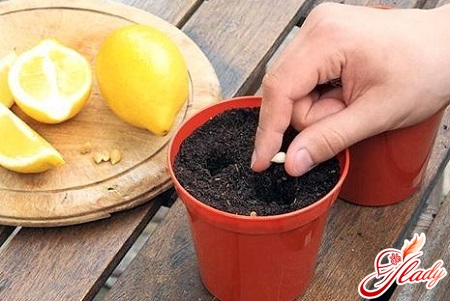
Transplant a lemon
Young indoor lemon is transplanted using the methodtransshipment, from year to year. Transshipment should be carried out when the tree's root system has not yet entwined the entire pot. In this situation, it will be enough to change the drainage layer, as well as the top soil layer in the pot itself. Fruit-bearing trees are usually replanted three times a year, before the start of their active growth. Once growth is complete, the plant should not be replanted. Try not to damage the soil layer when replanting. It is also very important to provide good drainage. Please note: it is necessary that the root collar in the new pot is approximately at the same level as it was in the previous container. You should not replant the tree when it is flowering and bearing fruit - all this can lead to the loss of foliage and fruit. Soil layer Provide the lemon tree with good soil, which must be light. If the tree is too large, the soil should be heavier. Its acidity should be from 6.5 to 7 pH. If the indoor lemon is young, then the soil for it should consist of two parts of turf and one part of leaf soil, as well as one part of humus based on cow manure and one part of sand. Older lemons require the following soil: three parts of turf soil and one part of leaf soil, one part of humus based on cow manure and one part of sand in combination with a small amount of fatty clay. This point requires a careful approach, because if the soil is not suitable for the plant, its cultivation will not be effective. Fertilizer and feeding At the beginning of the summer period, the indoor lemon needs watering in combination with the addition of fertilizers. It will increase the sugar content of the fruit, while reducing the excessively bitter taste that all citrus fruits grown at home have. A simple principle applies here: the older the plant, the greater its need for feeding and fertilizers. Fertilizers should be added after you have watered the plant. If you use additional lighting to grow lemon, then fertilization should be done in winter as well. Then the tree will bear fruit, and the lemons will have a pleasant taste and the right citrus smell.
How the crown is formed
Caring for a lemon involves periodicallypruning and shaping the crown. All this can be done all year round, but it is still better to do it in the spring, somewhere in April-May. It is necessary to give the grafted lemons the shape of a tree. In order for the shoot to grow straight, it must be tied to a stick placed in a pot. Based on the height of the trunk, today we distinguish between high-stem trees with a trunk height of 30 cm, medium-stem (20 cm) and low-stem (about 15 cm). To properly form a low-stem lemon, it is necessary to prune the top as soon as the plant reaches a height of 15 cm. Prune immediately before the start of active growth (February-March). Leave about 5-7 leaves. Then shoots will begin to develop from the lateral buds. From 5-6, we leave about 3 shoots that grow in different directions. In trees that have already formed, further pruning is carried out in order to maintain the correct shape of the crown, as well as to remove fatty shoots that can drown it out. This is also necessary for rejuvenating the plant. By the way, indoor lemon needs to be rejuvenated at the age of 14-20 years, that is, when active fruiting decreases. To do this, cut off branches up to the 5th order - this causes increased growth of buds that are in a dormant state. The already rejuvenated plant is transplanted into another container, shortening the roots by 1/3.
Reproduction of lemon
As a rule, citrus fruits propagate due toпрививки, черенков, семенами и отводками. В домашних условиях наиболее оптимальным методом является черенкование, однако, для того чтобы получить сорт, приспособленный к комнатной культуре, лимон требуется выводить из семени, посаженного в комнате, и выращивать тут же. Семена, посаженные в домашних условиях, как правило, всходят дней через 35-40. Лимонные сеянцы не очень хорошо переносят процесс пикировки в молодом возрасте: у них может развиваться излишне длинный корень, прищипывание которого при пикировке проводить не рекомендуют. Стержневой корень нужно подрезать лишь тогда, когда посаженные семена будут иметь хотя бы 4 листка. Если же его не подрезать, то он не будет ветвиться, а его рост будет проходить в длину, скручиваясь на дне в кольца. Если семена высажены в ящики, то подрезку корня нужно проводить, не вынимая само растение, а дней через 15 после этого осторожно проведите пересадку в посуду, где лимон будет расти постоянно. Если семена по одному посеяны в горшке, то их всходы пересадке не подвергаются, но подрезать стержневой корень при этом нужно обязательно. Подрезание корня проводят с использованием острого длинного ножа, примерно на 10-сантиметровой глубине. Для этого введите нож в землю на 8-10 сантиметров от самого сеянца, при этом угол к земле должен составлять 45 градусов. Вводите нож немного в сторону от направления на определенный сеянец, после чего аккуратно, круговыми движениями, подрежьте осевой корень. Если вы не уверены, подрезали вы корень или нет, то повторите операцию еще раз, введя нож так же, но на пару сантиметров ближе к самому растению. Если комнатный лимон был выведен из семян, то его плодоношение начнется не ранее, чем через 8-10 лет, возможно, даже позднее. Вначале они будут давать не очень много плодов, однако в целях селекции выращивание таким способом является попросту необходимым. Иногда, чтобы процесс плодоношения прошел быстрее, сеянцы прививают, используя в качестве привоя побеги от плодоносящих лимонов. В таком случае лимон будет плодоносить уже на третий год, может, даже чуть раньше. Теперь поговорим о размножении черенками. Комнатный лимон, как правило, размножается именно таким образом. Черенки должны иметь несколько развитых почек. При этом их берут от растения плодоносящего, хорошего и здорового. Срез черенков производится с веточек, древесина которых еще мягкая и которую можно согнуть. Черенки от молодых побегов немного сплюснуты, а их укоренение происходит гораздо слабее. Черенкование цитрусовых может проводиться на протяжении всего года. Если черенкование проводится весной, то используют ветки осеннего прироста, если же летом – ветки прироста весеннего. Это действует и в случае с комнатными лимонами, и с апельсинами. Кстати, лучшие результаты в процессе черенкования проявляет апельсин. Укоренение черенков происходит в горшках, парниках и теплицах. Впрочем, укоренять можно и в обычной воде, стоит лишь держать стакан с черенками в хорошо освещенном месте. Комнатный лимон может размножаться и за счет прививки. Здесь подвоем могут служить растения, выращенные из семян, а привоем – некоторые сорта лимона, которые специально прививают для хорошего плодоношения деревьев определенных сортов. Не используйте в качестве подвоя дикий трехлистный лимон, который еще называют трифолиатом, так как растение, привитое таким образом, может зимой сбросить листья. Используйте вечнозеленый подвой, который можно приобрести практически во всех специализированных магазинах. 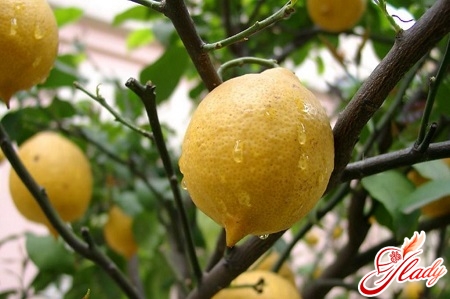
What difficulties can arise?
Lemon, like any houseplant, canexperience some difficulties - caring for it requires your special attention. For example, it happens that new foliage becomes smaller, and old leaves fall off or turn yellow. There may be no flowering, and fruits may not set at all. This indicates that the plant needs good fertilizing with nutrients. Perhaps a transplant is required. You may notice small yellow spots on the leaves or yellowing of their edges. They may fall off prematurely. As a rule, this is due to excessive watering. Make sure that the indoor lemon receives a moderate amount of liquid - it does not dry out, but does not suffer from its excess. If the plant is affected by pests, this is manifested in dryness and wrinkled leaves. Usually, lemon is attacked by spider mites or scale insects, for the control of which phytocomplexes are used; they can be purchased in regular flower shops. If the lemon is kept in improper conditions, namely, if it does not have enough air or is too dry, the leaves may curl and brown spots may appear. This can also be caused by rare spraying and lack of liquid, damage by mites. Do not forget to wipe the leaves of the tree using a soft sponge soaked in slightly soapy water. And do not be lazy to take the plant out into the yard or onto the balcony - indoor lemon feels great in the fresh air. Proper care involves following these rules:
- Illuminated sunny location;
- Moderate soil moisture;
- Rare winter watering and moderate spring-summer;
- Optimal moisture of the soil layer;
- Filtered water for irrigation;
- Watering the lemon with melt water at room temperature in the winter;
- Weekly fertilizer from March to August;
- Extra-root winter top dressing once a month due to spraying with a solution of potassium permanganate;
- Wash the lemon leaves;
- Careful pruning and transplant.
It is not so difficult to follow the rules listed abovedifficult. Lemon is not the most demanding houseplant, it does not require special expenses for its maintenance. You will only need a little time and patience to wait until your indoor lemon bears fruit and blooms.
About the benefits of lemon
We have already discussed what the correct one should becare of indoor lemon. And to finish the conversation, we would like to tell you about the benefits that owners of this exotic plant receive. Everyone knows that lemon is a rich storehouse of vitamins, primarily vitamin C. Lemon is an effective remedy for colds and sore throats, pharyngitis and flu. If you are sick, lemon tea will be the first to come to the rescue. It strengthens the immune system, gives strength and improves overall well-being. Lemons are no less useful for vitamin deficiency and rheumatism, scurvy and gout. Healing lemon juice promotes almost instant healing of wounds and accelerates bone fusion, improves metabolic processes. It is recommended to use lemons for fever. This is an irreplaceable cosmetic product that is the basis of many creams, tonics and masks; it is also an excellent bleaching agent. Essential oils are obtained from the flowers of the plant, as well as from its bark and fruits, as well as foliage. They are often added to liqueurs, confectionery and dishes. Growing a lemon indoors, you will notice how pleasant the air in the room will be. This is because the leaves of all citrus fruits emit phytoncides - special substances that help clean the air of various types of microbes. By the way, those who have a citrus tree growing at home are much less likely to get sick and practically do not suffer from depression, because this pleasant lemon aroma has a tonic effect on a person, and also relieves fatigue and increases efficiency. Having grown a lemon, you will see that this is not just a wonderful decorative tree, but a real exotic miracle!




